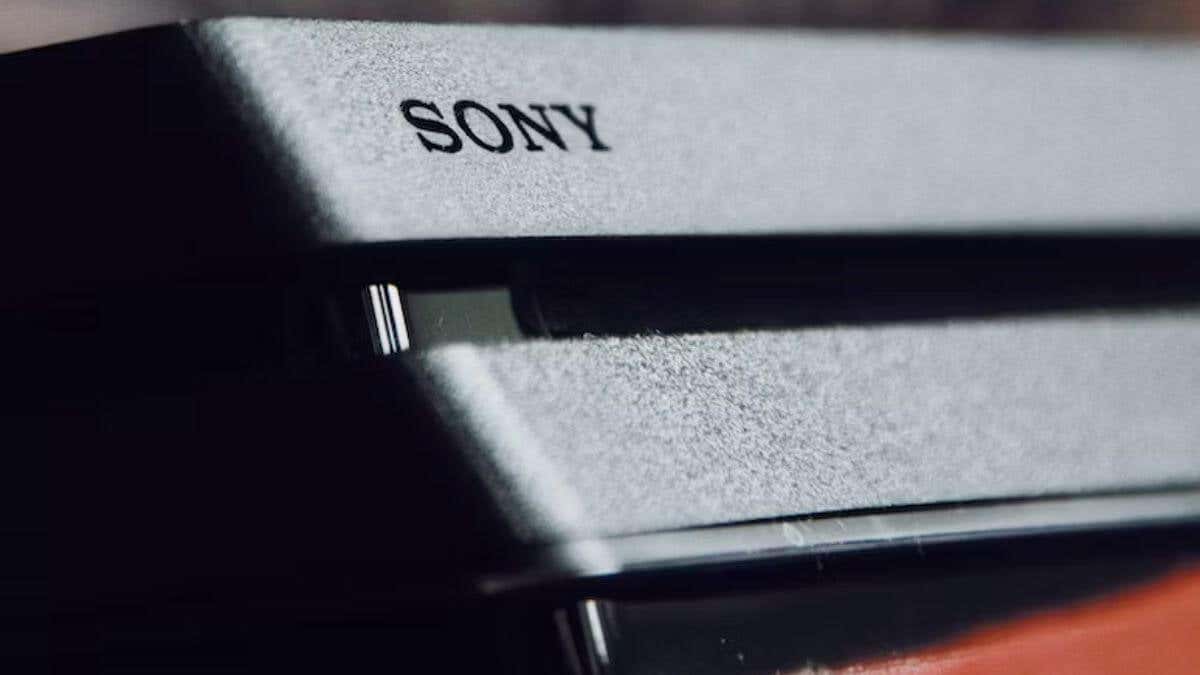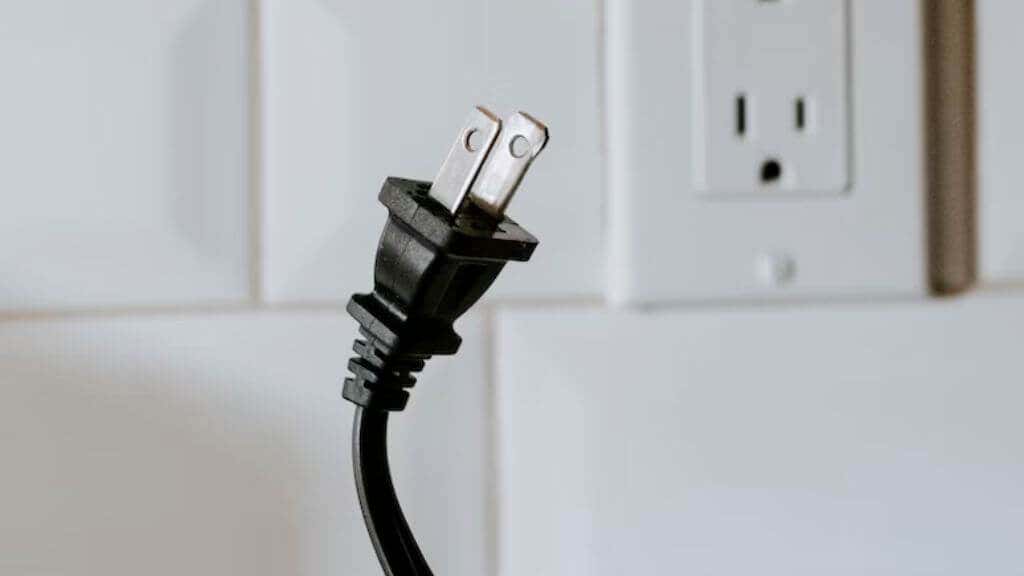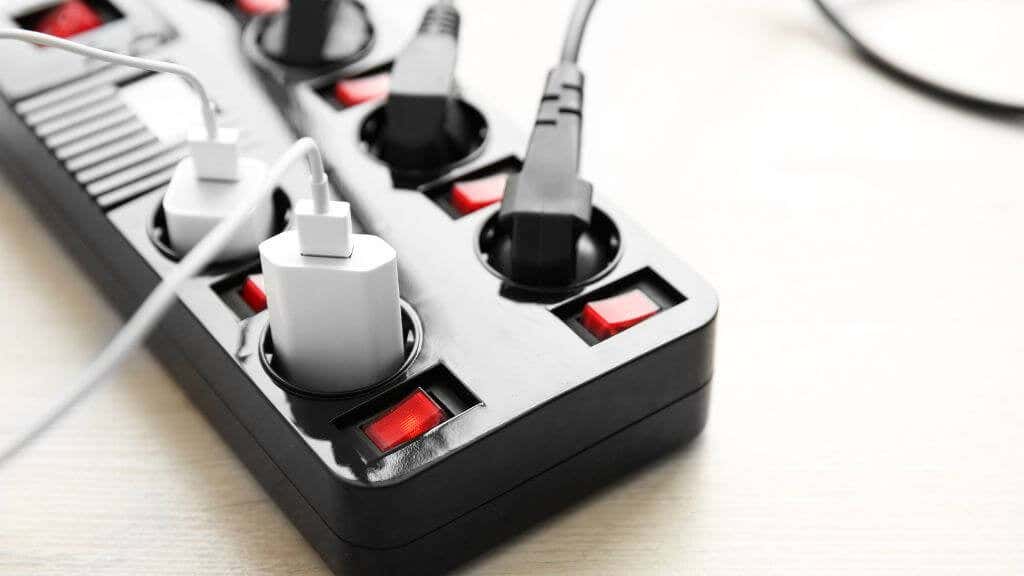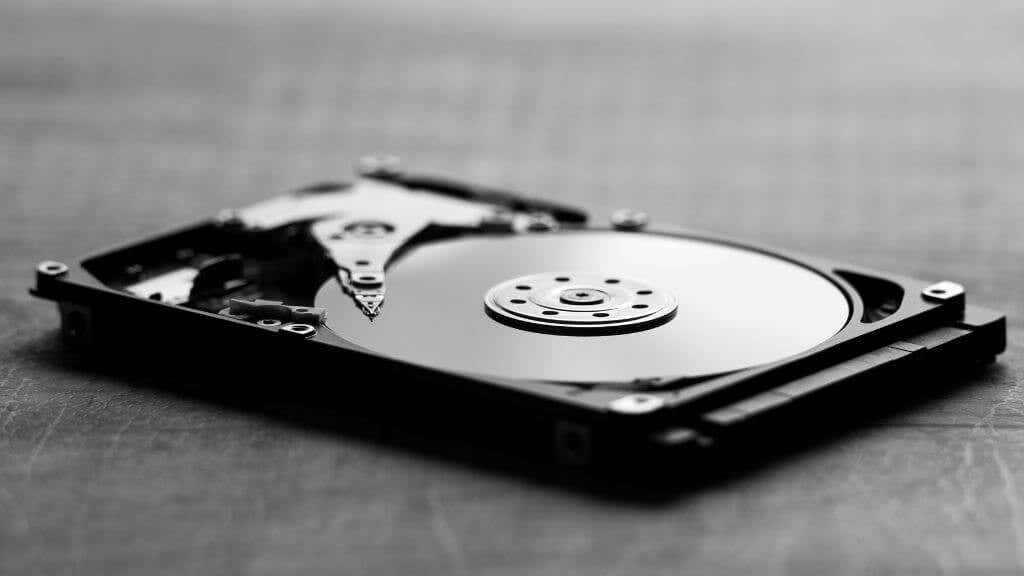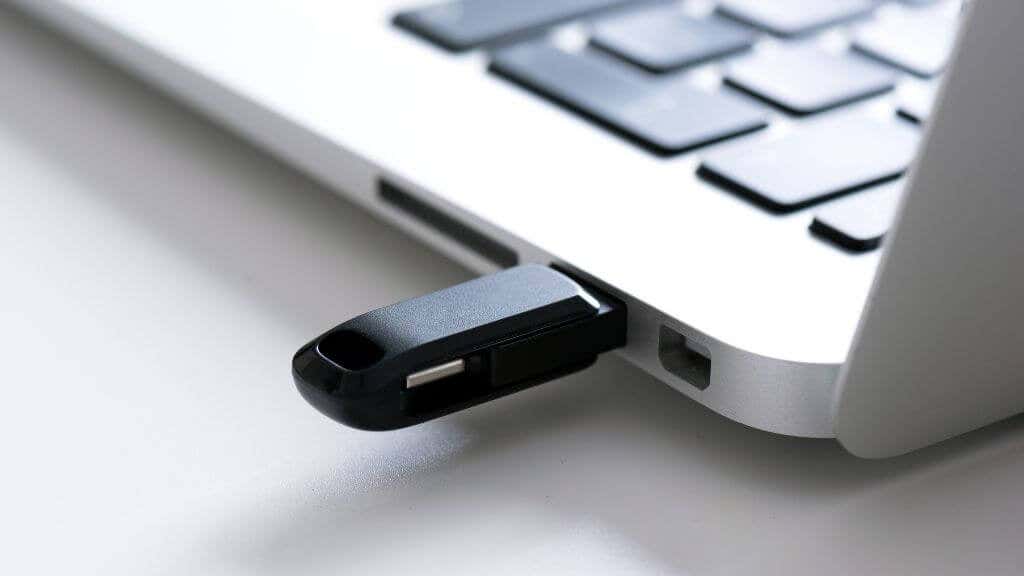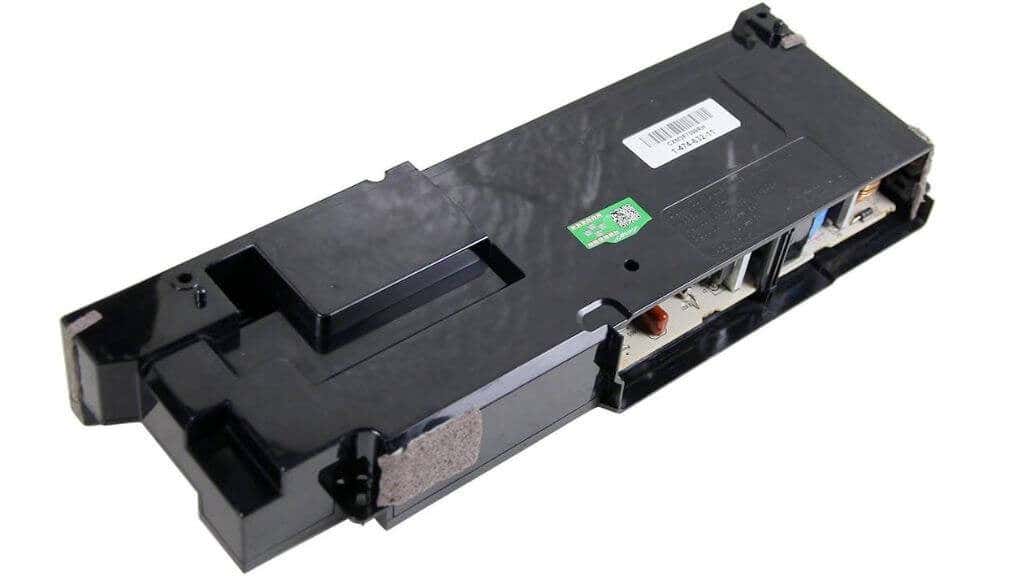We'll help you find out what the "beep" is wrong
There’s nothing like the sinking feeling of pressing the power button on your PS4, hearing that promising beep, and then… nothing. The console doesn’t power on. This is likely the last thing you want to experience as a gamer. Luckily, there are some potential solutions!
Understanding the Beep
A healthy, well-functioning PlayStation 4 will emit a single beep when powered on, signaling the start of the system’s boot-up process. This is like giving a ‘hello’ or a handshake from your console, a brief audible signal that everything is working as expected.
However, when your PS4 beeps once and then shuts down, it’s a sign that all is not well. The single beep still signifies the startup attempt, but the immediate shutdown tells us the startup process has been interrupted or halted. In other words, your PS4 attempts to start up, but something is preventing it.
Sometimes, the blue light on your PS4 will pulse a few times after the beep, turn white, and then the console will power down. These interruptions could be due to several reasons. Often, it’s a hardware issue – it could be a problem with the power supply unit (PSU), a faulty hard drive (HDD), or even an overheating issue. Then, it could also be a software problem preventing the console from booting up correctly.
When the PS4 console powers down immediately after the single beep, it’s the console’s way of protecting itself. If it detected an issue during the startup sequence and continued operating, it could damage the system further. So, the shutdown is like a failsafe mechanism. Our job is to solve the mystery of what caused that failure.
Note: Everything in this article applies equally to the PS4, PS4 Slim, and PS4 Pro.
1. Check the Power Cord and Outlet
Often, the solution lies in the simplest places. The power cord might be loose or the wall outlet faulty. Ensure the power cord is plugged in firmly to both the console and the power outlet. If the issue persists, use a different power cord or outlet.
2. Avoid Power Strips
Power strips can sometimes interfere with the power your PS4 draws, causing it to shut down. If you’re using a power strip, try plugging the PS4 directly into a wall outlet in case a faulty surge protector or something similar is at fault.
3. Power Cycle the Console
Power cycling involves turning your console on and then off again. This simple act can refresh your system and solve various startup issues.
Hold down the Power button to power cycle your PS4 until all lights stop flashing. Then, unplug the power cord, wait 20 minutes, then plug it in, and try to start the PS4 again.
4. Give Safe Mode a Try
Safe mode offers a range of tools for fixing issues with your PS4. From an off state, hold down the Power button until you hear a second beep about seven seconds after the first, signaling the console is in safe mode.
You’ll need to connect one of your PS4 controllers to a USB port on your PS4 and press the PS button to use it. You can select the rebuild database option from here, which might resolve the issue.
If your PS4 won’t launch in Safe Mode, it’s often because there’s something wrong with the HDMI, USB, or power cables. Check all three to make sure they’re plugged in correctly. If you have extras, you can also swap out cables if they are faulty.
5. Consider Overheating Issues
Your PlayStation, like any other electronic equipment, is susceptible to overheating. If your PS4 is kept in a warm environment, lacks adequate airflow, or has dust-clogged air vents, it might beep and shut down as a protective measure. This might be a likely reason if your PS4 has been screaming like a banshee before this issue arose. Usually, the PS4 will give you an onscreen warning that the system has overheated, but if the heat hasn’t dissipated or is too much at startup, it might prevent your console from proceeding.
So, what can you do about it?
- Ventilation: Make sure your console is not boxed in. It needs room to breathe, just like us. Ensure there’s enough space around it, particularly near the air vents, for proper airflow.
- Cleanliness: Regularly clean the air vents to ensure they’re not dust-covered. Compressed air can do the trick, blasting away the dust particles without risking causing damage.
- Cool Environment: Consider the environment where your console sits. It may be worth relocating if it’s near a heat source or in a sunlit area to a cooler spot.
- Cleaning the inside and inspecting fans: Cleaning the console of dust on the inside and ensuring the fans are all spinning and not jammed can help. Watch a video guide first, or take your console to a pro for cleaning.
- Check thermal paste: If your PS4 is quite old (more than 5 years), it might be the thermal paste between the APU that houses the CPU and GPU and the PS4’s heat sink. You can do this yourself, but we suggest letting a professional do it, and they can clean and inspect the rest of the system while they’re at it.
Don’t bother with those aftermarket bolt-on console coolers. They rarely help cool a console and, in the worst-case scenario, can make your system overheat by interfering with its normal airflow. If your PS4 can’t maintain a safe temperature using its cooling system, you should fix the source of the problem rather than trying to strap more fans to your game console.
6. Check the Hard Drive (HDD)
The PS4’s hard drive houses all your game data, so a malfunctioning HDD might cause your console to beep once and then shut down.
Try reseating the hard drive, which involves removing the plastic cover, unscrewing the drive bracket, removing it, and then putting it back in. If this doesn’t work, consider replacing the HDD. There’s a brilliant pictorial guide on how to take the PS4’s drive out on iFixit, and you only need a single screwdriver to complete the whole operation.
Also, this is an excellent time to get an upgrade. You can install a larger internal drive or even an SSD, though based on what we’ve seen, putting a SATA SSD in your PS4 will only do a little to improve performance, thanks to the limited SATA II bandwidth available.
You could also try connecting the drive to a computer using USB or an internal SATA connector to see if the drive is accessible or not. This may eliminate physical drive failure as the culprit, but the drive data may still be corrupt.
If you have to install a new hard drive or fix a corrupted one, you’ll also have to install a fresh copy of the system software, bringing us to the next point.
7. Reinstall the System Software
If the beep and shutdown problem persists or you’ve put in a new drive, it may be necessary to reinstall the PS4’s system software. This process requires a USB cable, a PC, and patience, but it can solve stubborn startup issues.
You can find detailed instructions for this process on Sony’s official website. You’ll have to visit the site one way or another because the link to the latest system software is in the instructions.
You’ll need a USB thumb drive as well, and if you don’t have a Mac or PC of your own, you can use a public computer (such as at school or the library) or ask a friend if you can use their computer.
8. Examine the Power Supply Unit (PSU)
CAPTION: A PSU found on Amazon
If you’ve made it this far and your PS4 still won’t stay on, the issue may lie in the Power Supply Unit (PSU). A failing PSU can cause your console to beep and then shut down. While replacing the PSU can be a technical challenge, it’s manageable with the proper guidance. Replacement PSUs can be found on Amazon or other online retailers, and numerous guides can assist you online.
However, we’d only suggest taking this step if your PS4 is out of warranty. Most people need the equipment to test a PSU to see if it’s faulty in their homes. You can buy a new PSU under the assumption that the old one is kaput, but what would suck even more than a blown PSU is finding out that this wasn’t the problem and you’ve just bought a new PSU for no reason. We’re saying that, at this point, you should take it to a professional, which brings us to the next point.
9. Get Professional Help or Use Your Warranty
If none of the above solutions works, it might be time to call the experts. If your PS4 is still under warranty, contact Sony for a repair or replacement. If not, consider using a professional repair service. They have the tools and expertise necessary to diagnose and fix the issue.
If a motherboard or CPU is keeping you from enjoying your favorite PS4 video games, no amount of unplugging, DIY fixes, or reading forums will solve the problem. You’ll need a small or large component replacement for your console to make it work again.
While PlayStation 4 is our focus, many of these troubleshooting steps can apply to other consoles, such as Xbox and Nintendo, not just to fix PS4 problems. Consoles like the Xbox One aren’t immune to startup issues or data corruption. If your PS4 is irreparable, you have our condolences, but it might finally be time to look at buying a PlayStation 5.

